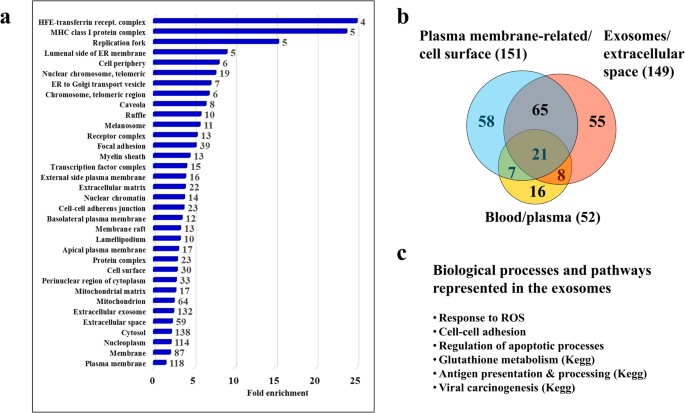Cell Cycle Model System for Advancing Cancer Biomarker Research Biology Diagrams We demonstrate how to mitigate the effects of cell cycle heterogeneity in scRNA-seq data by calculating cell cycle phase scores based on canonical markers, and regressing these out of the data during pre-processing. Some of the G2/M checkpoint (CHK2 etc) markers can also be useful but again there are some differences between cell culture/cell lines and tissue derived cells.

Abstract Accurate identification of cell cycle phases in single-cell RNA-sequencing (scRNA-seq) data is crucial for biomedical research. Many methods have been developed to tackle this challenge, employing diverse approaches to predict cell cycle phases. In this review article, we delve into the standard processes in identifying cell cycle phases within scRNA-seq data and present several Here we review classical approaches that rely on cell fixation to characterise the cell-cycle status and its regulatory enzymes, and we describe the more recent development of cell-cycle markers based on genetically encoded fusions of fluorescent proteins with characteristic cell-cycle features, and of fluorescent biosensor technology to probe

Basic Methods of Cell Cycle Analysis Biology Diagrams
Keywords: cell cycle, labeled nucleosides, BrdU, EdU, markers of cell cycle phases, DNA labeling, time lapse microscopy 1. Introduction A common task of many research teams is the analysis of cell cycle progression through the distinct cell cycle phases. Various methods can be used for this purpose. These antibodies to top cell senescence markers are critical for studying cell cycle arrest in research fields like development, aging, and cancer. Many cellular processes are regulated by cell cycle dependent changes in protein dynamics and localization. Studying these changes in vivo requires methods to distinguish the different cell cycle stages. Here we demonstrate the use of DNA Ligase I fused to DsRed1 as an in situ marker to identify S p …

Determining which cell cycle phases a cell is in is critical to the research of cancer development and pharmacy for targeting cell cycle. However, current detection methods have the following problems: (1) they are complicated and time consuming to perform, and (2) they cannot detect the cell cycle on a large scale.
